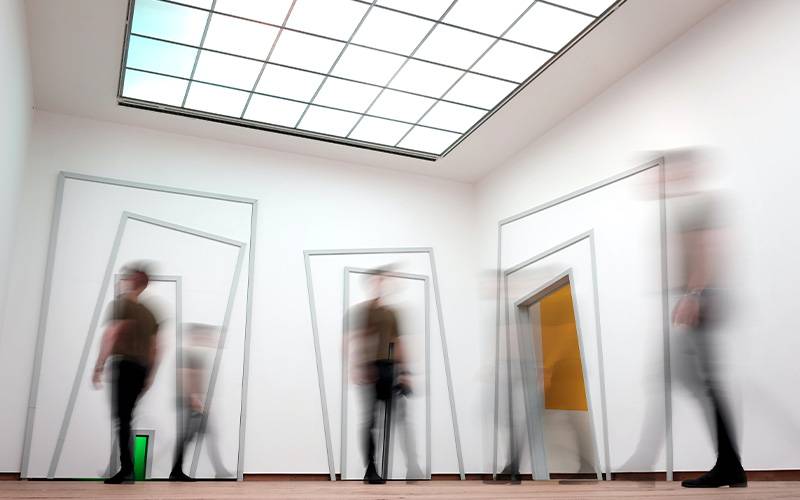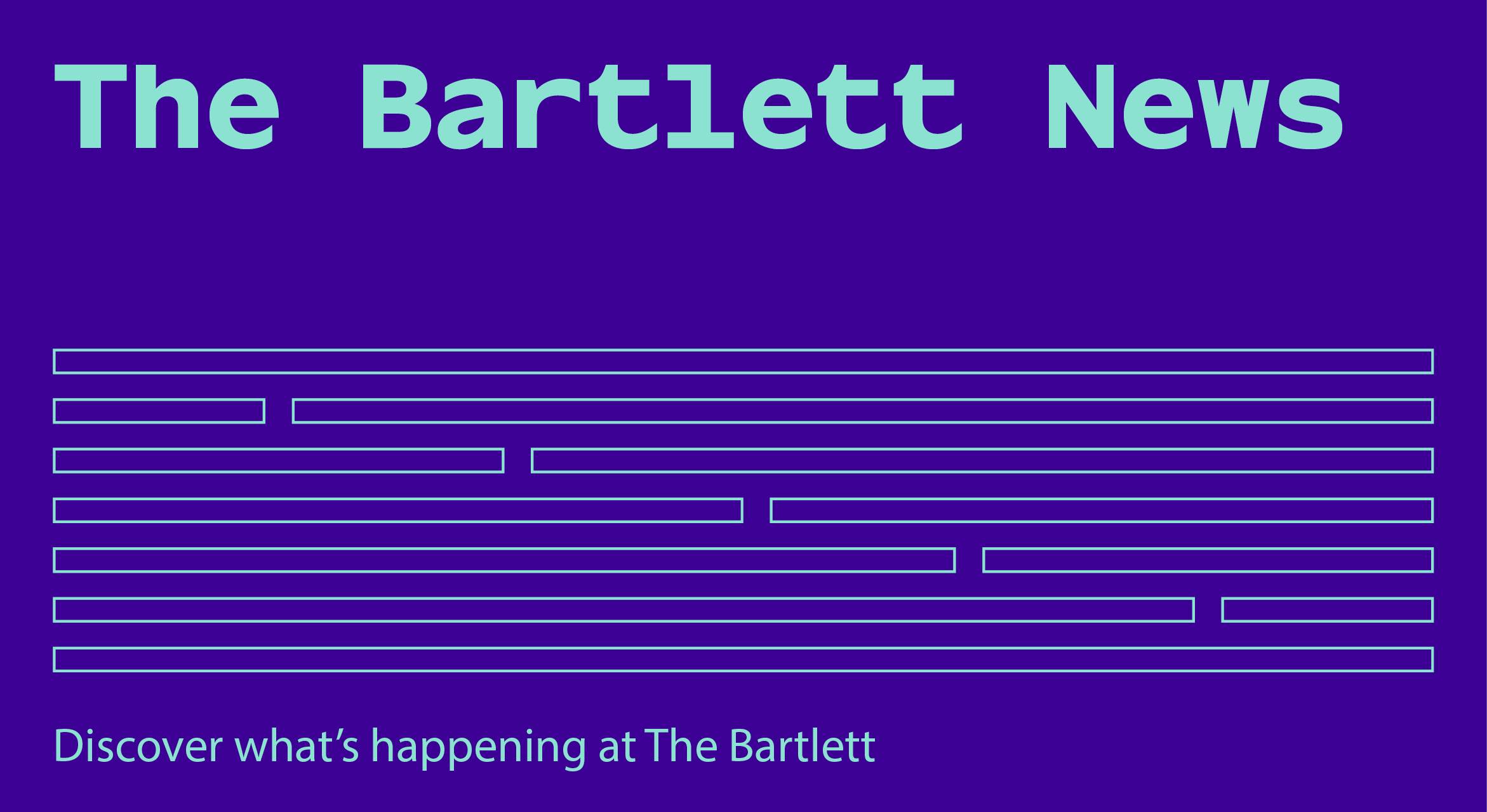A collaboration between Bartlett academics and a charity founded by alumni enabled Lebanese, Palestinian and Syrian residents to co-design a public space that works for everyone.
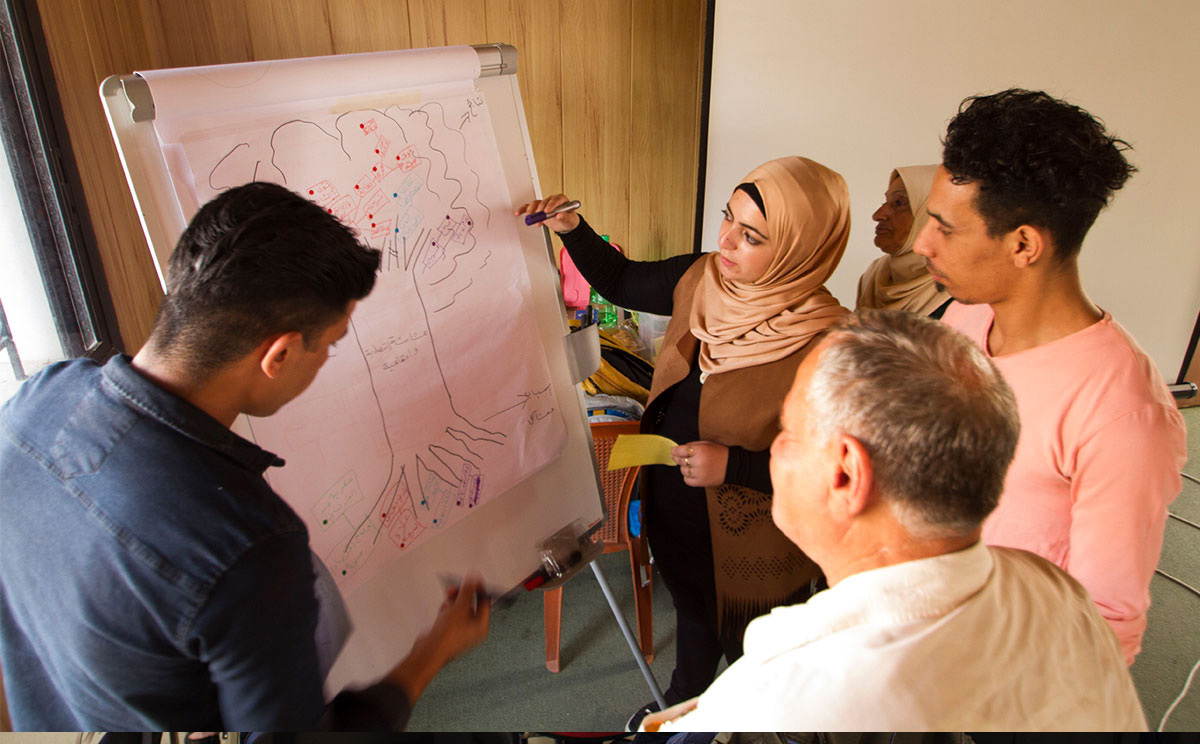
Workshop participants draw a problem tree analysing causes and effects of key urban vulnerabilities. Credit: Hanna Baumann
Averting a backlash and revealing the benefits of this rapid increase in population is no easy task. Neither is building consensus around a vision for the city. But by using participatory design, a collaborative intervention led by Dr Andrea Rigon at The Bartlett Development Planning Unit (DPU), and involving CatalyticAction Charity, Dr Hanna Baumann at The Bartlett’s Institute for Global Prosperity (IGP), and Prof Howayda Al-Harithy at the American University of Beirut has shown how it can be done.
“When a city like Bar Elias increases so quickly, the infrastructure comes under stress,” says Rigon. So how do you create infrastructure that can benefit residents and refugees?
Part of a wider British Academy project funded by the Grand Challenges Research Fund, and linked to the RELIEF Centre led IGP Director Professor Henrietta Moore, in Bar Elias Rigon initiated a ‘participatory spatial intervention’. To achieve it, he partnered with a charity founded by alumni from the Master’s module he teaches. “Often as academics, we’re transforming people’s lives through research, but here we’re working with former students who are helping us make concrete some of our ideas.”
Intervening in the city
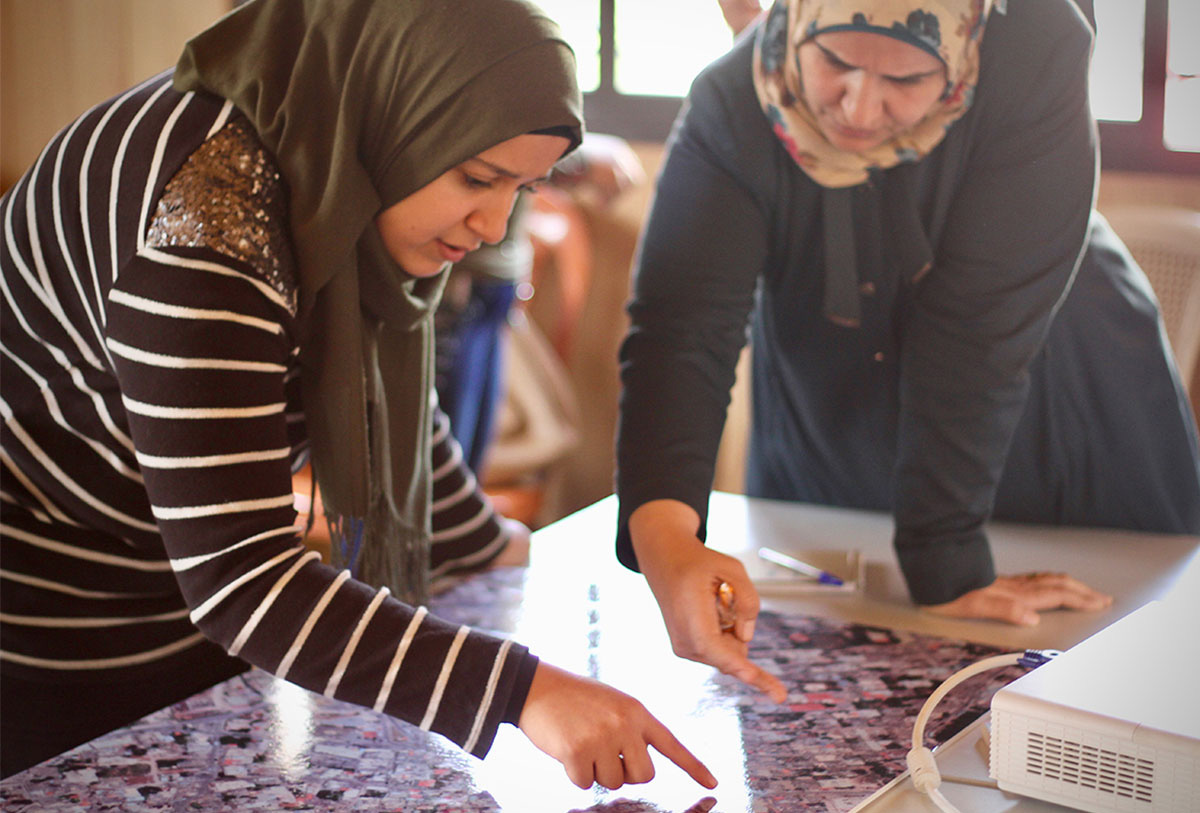
Workshop participants analyse public spaces on an aerial map of Bar Elias. Credit: Hanna Baumann
The charity is CatalyticAction and it was founded by DPU alumni Joana Dabaj and Riccardo Conti, who Rigon says: “They came to me after piloting their first project because they wanted to explore further participatory design and seek advice on setting up a charity to translate their learning into practical projects in the Middle East.”
When Rigon – who is now chair of the board at the charity – was planning the Bar Elias project he partnered up with them (Catalytic Action has delivered more than 15 participatory design projects in the Middle East in the past five years).
In Bar Elias, the project team spent one week with a group of local researchers or ‘citizen scientists’ to understand which public spaces are used by all communities. Rigon says: “We found that there was one particular street – the entrance to the city, so we focused on that. In this space, how could we address some of the vulnerabilities that people expressed, while also focusing on a vision for the city?”
In a subsequent workshop with citizen scientists and residents, three core concerns emerged: socio-economic issues, safety, and pollution and health. The idea was to use a number of spatial interventions to allow residents to achieve the city they want. These included adding benches and shading areas, pedestrian crossings, ramps for the disabled, greening, and murals, to the space.
Building capacity
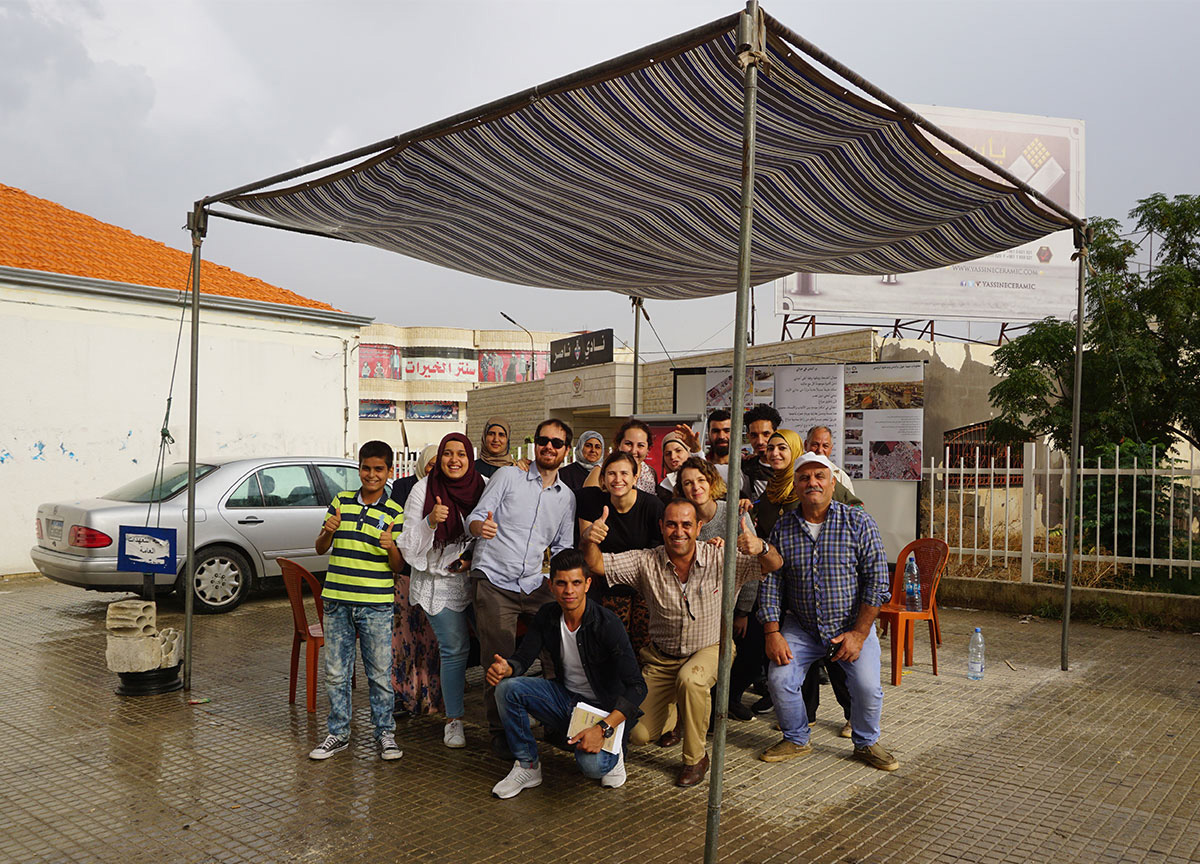
An exhibition to get feedback from the city residents on the solutions identified by workshop participants. Credit: CatalyticAction
CatalyticAction is now leading on their implementation through community-engaged construction. “As The Bartlett, we wouldn’t be able to open a major construction site and deliver this vision – but our alumni specialise in that. And that’s the beauty of this partnership.”
Just as important was the participatory process itself. “People said it was the first time they interacted as peers. One elderly man said the process made him feel 30 years younger, and young people told us they felt valued. There were women who said they’d finally found a way to give back to the city, that they no longer felt ‘just like a mother’.”
Rigon says that once you do this type of approach, you really activate a place. “In a way, you are building the capacity of the residents you engage. That way they can think and plan the city, so that when other UN agencies and government programmes come in with interventions there is a range of residents who know how to be part of these processes – who can combine spatial reading of their cities with an analysis of the diversity of needs and aspirations of different individuals and groups.”
 Close
Close



